| Weight | 1 lbs |
|---|---|
| Dimensions | 9 × 5 × 2 in |
| target | Chlamydia abortus EB & RB (elementary and reticular bodies) |
| species reactivity | Chlamydia abortus |
| applications | ELISA |
| assay type | Indirect & quantitative |
| available size | 1 mg |
Chlamydia abortus EB & RB (elementary and reticular bodies) Antigen BA1373VSER
$1,146.00
Summary
- Virion/Serion Immunologics Antigen for research use (RUO)
- Chlamydia abortus EB & RB (elementary and reticular bodies) Antigen, recombinant
- Suitable for detection of IgA, IgG & IgM antibodies in ELISA
- Lot specific concentration, specified in mg/mL
- 1 mg
Chlamydia abortus EB & RB (elementary and reticular bodies) Antigen BA1373VSER
| kit |
|---|
| Research area Infectious Disease |
| Storage Store at -65°C or lower. Avoid repeated freeze-thaw cycles. Sonicate before use. 10 years from date of manufacture (under recommended storage conditions). |
| Form liquid |
| Associated products Chlamydia trachomatis EB + RB Antigen (BA1372VSER) Chlamydia trachomatis MOMP Antigen (BA1372VSR2) Chlamydia trachomatis IgA Control Serum (BC1372A) Chlamydia trachomatis IgG Control Serum (BC1372G) Chlamydia trachomatis IgM Control Serum (BC1372M) Chlamydia trachomatis IgA ELISA Kit (ESR1372A) Chlamydia trachomatis IgG ELISA Kit (ESR1372G) Chlamydia trachomatis IgM ELISA Kit (ESR1372M) Chlamydia IgA ELISA Kit (ESR137A) |
| target relevance |
|---|
| Organism Chlamydia abortus |
| Protein names Chlamydia abortus |
| Structure and strains Chlamydia abortus is a species in Chlamydiota that causes abortion and fetal death in mammals, including humans. Chlamydia abortus was renamed in 1999 as Chlamydophila psittaci along with all Chlamydiota except Chlamydia trachomatis. This was based on a lack of evident glycogen production and on resistance to the antibiotic sulfadiazine. In 1999 C. psittaci and C. abortus were recognized as distinct species based on differences of pathogenicity and DNA DNA hybridization. In 2015, this new name was reverted to Chlamydia |
| Detection and diagnosis Approximately two weeks after the first symptoms of a primary infection an increase of the IgA and IgM antibody activity occurs, which peaks after five weeks and usually declines by the 10th week. The IgG antibody activity reaches a maximum around week twelve and remains detectable for several years. In cases of reinfection IgA and IgG antibodies reappear rapidly. |
Data
Publications
| pmid | title | authors | citation |
|---|---|---|---|
| We haven't added any publications to our database yet. | |||
Protocols
| relevant to this product |
|---|
| BA1373VSER protocol |
Documents
| Product data sheet |
|---|
| BA1373VSER |
Only logged in customers who have purchased this product may leave a review.
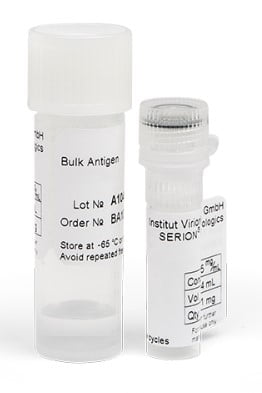
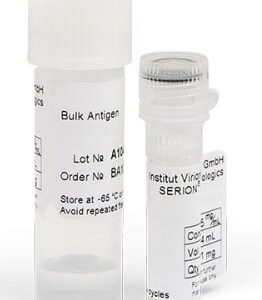
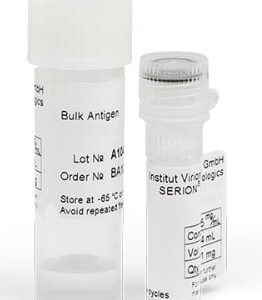
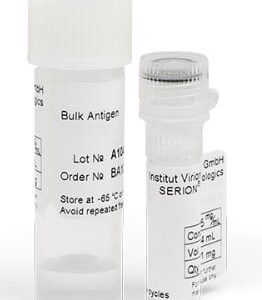
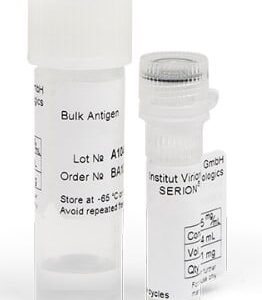
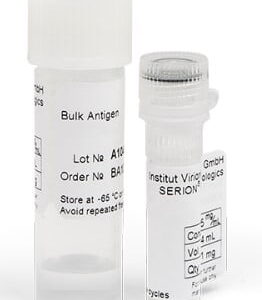
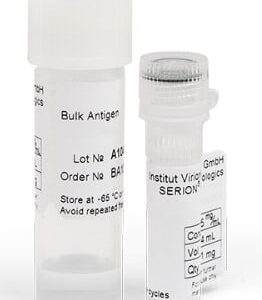
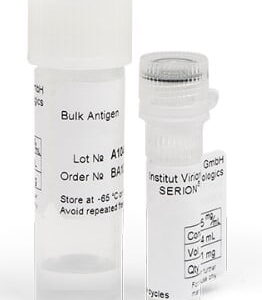
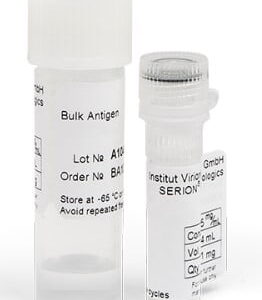
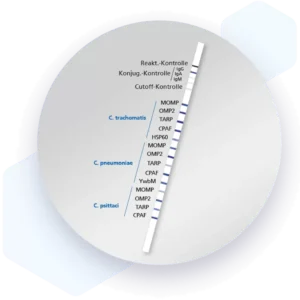
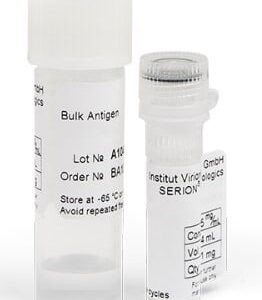
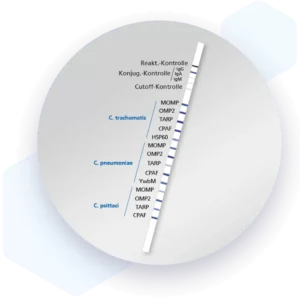
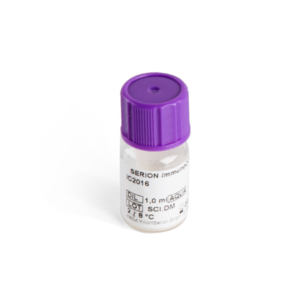
Reviews
There are no reviews yet.